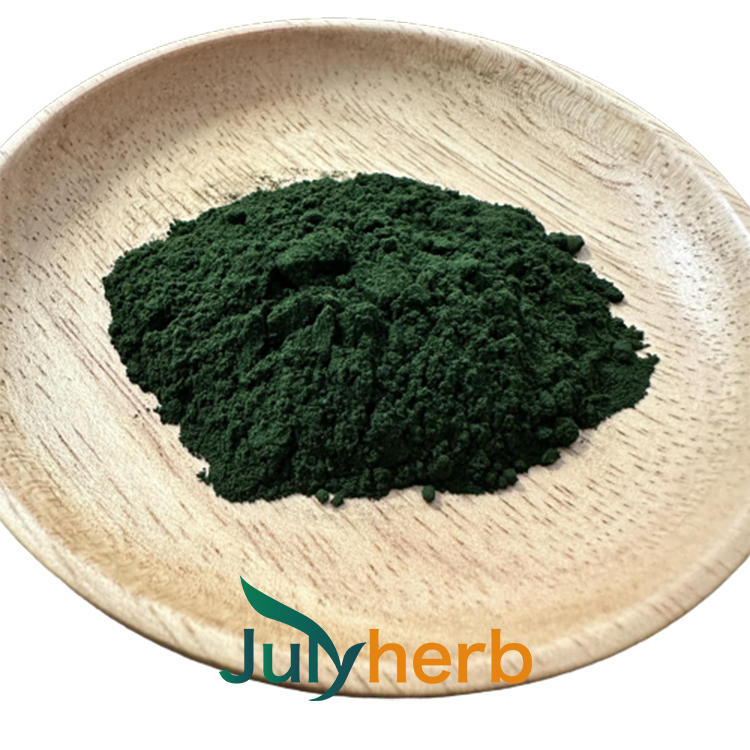Magical Plant Wonder Natural Pigment Gardenia Green
Gardenia, delicate and charming, has a long history and is famous for its beauty and fragrance. In this article, we’ll delve into the origins of the gardenia, explore its physiological properties, and reveal the fascinating world of nature’s wonders. Additionally, we will discuss the potential benefits of gardenia extract derived from this stunning flower.

Gardenia: A Timeless Symbol of Beauty and Fragrance
Gardenia has a charming presence due to its soft petals and fragrant fragrance. Gardenia is believed to have originated in Asia, especially in China, Japan, and India, and has been valued and cultivated for centuries. Gardenia is highly praised for its charming beauty and symbolic significance, often used in traditional rituals and as a gift to express love.
From a physiological perspective, gardenia flowers have charming characteristics. Firstly, these perennial plants belong to the Rubiaceae family and are known for their scientific name “Gardenia”. They usually grow as shrubs and are adorned with smooth dark green leaves, contrasting sharply with beautiful white or yellow flowers.
Gardenia has a unique reproductive structure, making it very unique. Gardenia is called a complete flower because each flower has male and female reproductive organs. Male stamens produce pollen, while female pistils (including stigma, style, and ovary) promote fertilization. This extraordinary self fertilization mechanism ensures the successful reproduction of gardenia flowers.
Gardenia Extract: A Blend of Natural Beauty and Health Benefits
Gardenia not only has stunning visual effects, but also contains a variety of beneficial health compounds. One of the compounds is gardenia extract, which has become popular in recent years due to its potential medicinal properties. Gardenia extract is obtained from the fruit of the gardenia plant through fermentation and processing, commonly known as gardenia green or gardenia flower. Number of arcs. This extract is rich in antioxidants and has anti-inflammatory properties.
These antioxidants help protect human cells from harmful free radicals and reduce the risk of chronic diseases such as cardiovascular disease and cancer. Gardenia extract also shows promising prospects in promoting liver health. Research has shown that this extract may help reduce liver inflammation and prevent liver damage by improving the antioxidant defense system of liver cells.
But today we are going to talk about gardenia green pigment, which is a natural edible pigment extracted from the fruit of the Rubiaceae plant gardenia. The main components are carotenoids, saffron, and saffron acid. This product is a light green to dark green powder made by mixing gardenia yellow and gardenia blue. It is easily soluble in water and ethanol aqueous solutions, and insoluble in organic solvents. Its color tone and stability are almost unaffected by the pH value.
Gardenia green, also known as gardenia extract, is extracted from the fruits of gardenia plants native to Asia. This extract is obtained by extracting pigments from gardenia fruit using solvents, followed by concentration, filtration, and drying.
Gardenia Green: A Natural Colorant with Health Benefits
Gardenia green is a natural green powder derived from gardenia fruit, widely used as a food coloring to provide an appealing green hue to foods and beverages. Its key advantage lies in its natural origin, offering a safe and clean-label alternative to synthetic colorants. As consumer demand grows for transparent and natural ingredients, gardenia green meets this need without the use of artificial chemicals, making it especially attractive to health-conscious markets.
Beyond its visual role, gardenia green is rich in antioxidants—such as polyphenols and flavonoids—that help combat oxidative stress and free radicals, supporting immune health and reducing the risk of chronic diseases. Additionally, the extract exhibits anti-inflammatory and antibacterial properties, further enhancing its appeal as a functional ingredient for those seeking to strengthen their well-being through natural dietary choices.
Gardenia Green: A Versatile Natural Colorant for Food and Beyond
Gardenia green is not only safe for consumption but also boasts a wide range of applications. It is commonly used across food and beverage products—such as dairy items, confectionery, baked goods, and drinks—as well as in cosmetics, where it provides a vibrant green hue that enhances visual appeal and consumer attraction. Its subtle natural fragrance also contributes a fresh note, further enriching the sensory experience of products.
Beyond coloring, gardenia green serves nutritional roles as well. It can be incorporated into staple foods to deliver essential vitamins and minerals without affecting flavor or texture. This is especially valuable in regions with widespread nutrient deficiencies, offering a simple and effective strategy to improve public health through everyday diet.
Although gardenia green offers diverse benefits, its usage must adhere to regulatory standards to ensure safety and efficacy. Authorities have set specific guidelines limiting its application in foods to prevent potential risks. Compliant use not only safeguards consumer health but also maximizes the advantages of this natural additive. Beyond food and nutrition, gardenia green is also valued in textile dyeing. The pigment, extracted by boiling gardenia fruit or bark in water, produces a dye solution capable of creating green fabrics with strong color fastness, light resistance, and stability in both acidic and alkaline conditions. Reduction dyeing under weak acid solutions is one common method to achieve durable and vivid results.
Gardenia Green: A Multifunctional Natural Additive for a Healthier Future
In summary, the pure natural pigment of gardenia can not only be used on clothing fabrics, but also as a natural colorant in food and cosmetics, making it non-toxic and harmless to the human body. The gardenia green extracted from the gardenia plant is a natural food additive with multiple effects.
Its natural sources, antioxidant properties, and potential health benefits make it a favorable substitute for synthetic food pigments and additives. Whether adding charming green hues to our favorite foods or adding essential nutrients to them, gardenia green provides the food industry with a multifunctional and health conscious choice. The use of natural food additives such as gardenia green is a step towards a healthier and more sustainable food future.
